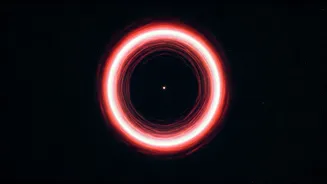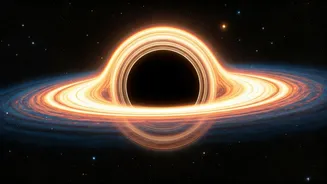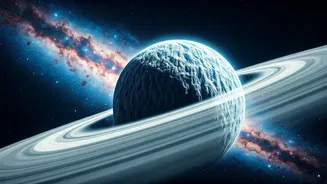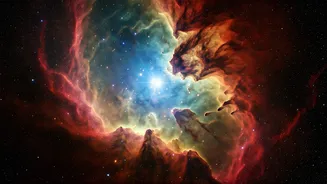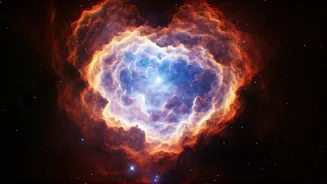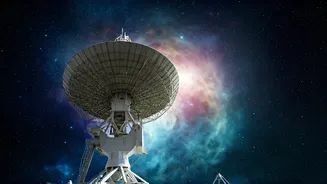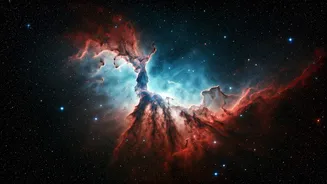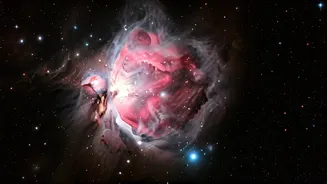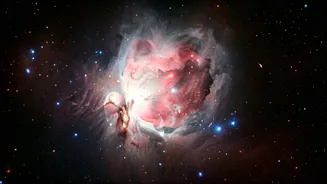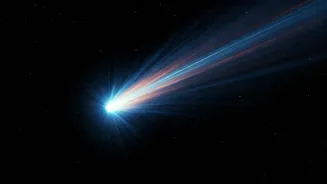Orbiting Black Holes
Astronomers have achieved a remarkable feat: capturing the first image of two supermassive black holes in the act of orbiting each other. This significant
discovery provides valuable insights into the dynamics and interactions of these massive celestial objects. The observation offers a unique opportunity to study the effects of extreme gravity and the processes that occur when black holes merge, influencing the evolution of galaxies. The groundbreaking image allows scientists to refine their understanding of black hole behavior and the environments where they reside. This image marks a crucial step forward in understanding the intricate dance of the cosmos.
Dark Matter Research
Dark matter continues to be one of the most intriguing mysteries in astronomy. The article also discusses new research directions in dark matter, which aims to develop a more thorough understanding of its properties. Researchers are investigating new ways to detect dark matter, which is invisible and interacts weakly with regular matter. The exploration includes gravitational lensing, where the gravity of massive objects like galaxies bends and magnifies the light from objects behind them. This method allows scientists to study the distribution and concentration of dark matter, potentially leading to breakthroughs in understanding this elusive substance and the universe's fundamental composition. Astronomers are also detecting the smallest known clumps of pure dark matter, expanding the scope of our understanding of dark matter.
Gravitational Lensing's Role
Gravitational lensing plays a key role in both studying the distribution of dark matter and observing the behavior of supermassive black holes. This powerful technique allows astronomers to see far into space and study objects that are not directly visible, such as dark matter. The distortion of light from distant galaxies by massive objects provides a lens through which scientists can analyze the distribution of matter, including dark matter, across vast cosmic distances. This helps reveal the hidden mass in the universe. The same principle helps to see the orbiting black holes, providing detailed observations that would otherwise be impossible. Gravitational lensing is essential to unlocking the secrets of the universe.

